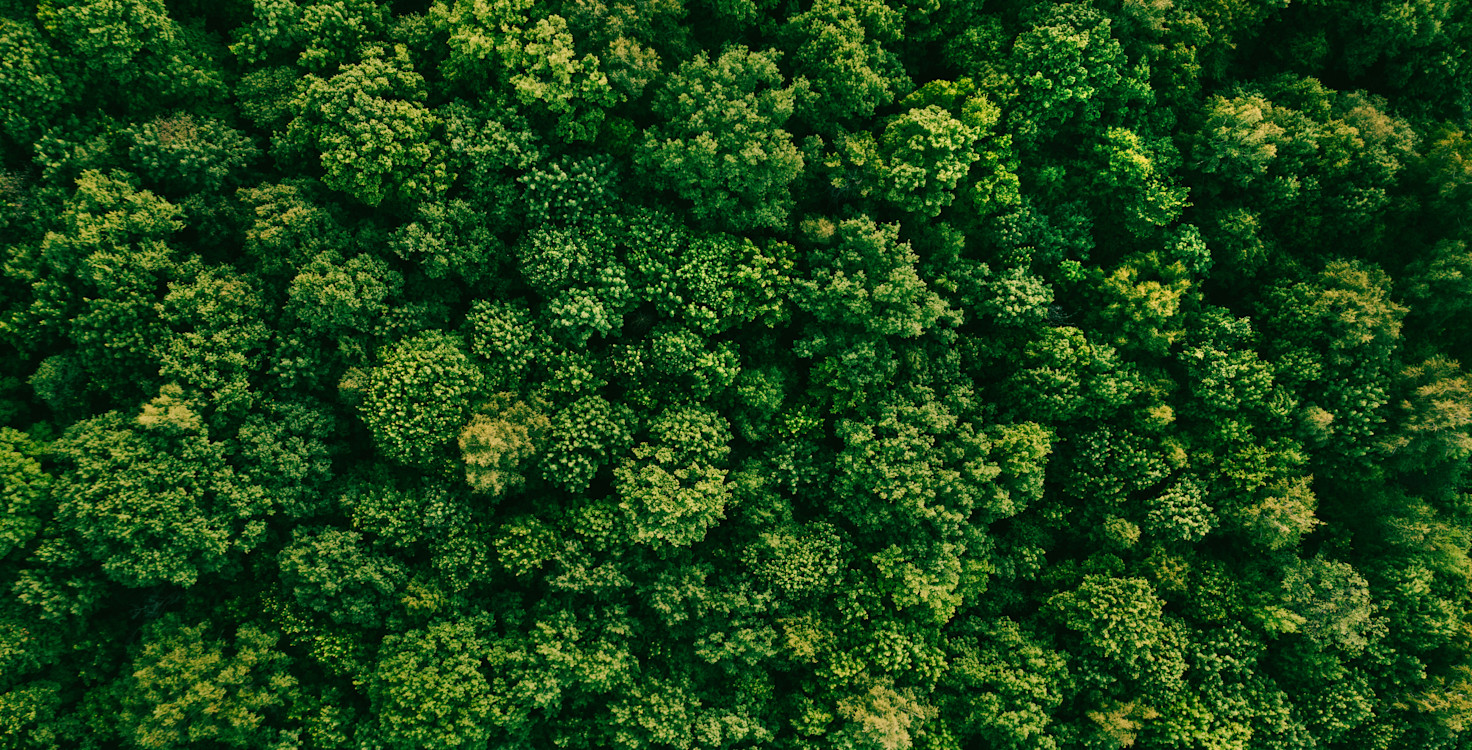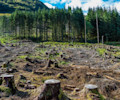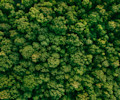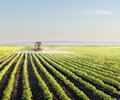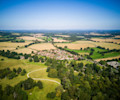Importance of the Cerrado's biodiversity
The Cerrado is a mixed landscape of savanna, woodlands and forest with a tropical wet and dry climate – equivalent in size to England, France, Germany, Italy and Spain combined. It is the largest, richest, and possibly the most threatened tropical savanna in the world, according to conservation scientists, as well as being the second largest South American biome, exceeded only by Amazonia. It includes much of central Brazil and parts of northeastern Paraguay and eastern Bolivia and borders the Amazon rainforest. Some of South America’s most important rivers – the Amazon, Paraná-Paraguai and São Francisco – begin in the region.
The Cerrado has very high levels of biodiversity and is home to 5% of all species on the planet. These include more than 1,600 species of mammals, birds and reptiles. There are also more than 10,000 species of plants, almost half of which the WWF say are not found anywhere else in the world.
According to the OECD, "Ecosystem services delivered by biodiversity, such as crop pollination, water purification, flood protection and carbon sequestration, are vital to human well-being. Globally, these services are worth an estimated USD 125-140 trillion (US dollars) per year, i.e. more than one and a half times the size of global GDP."
The ecological consequences of deforestation in the Savanna
In Brazil, the Cerrado region covers more than 20% of the country and is home to extensive soy and cattle production. It supplies much of China and the European Union with the soy imports needed to feed their respective livestock sectors. Agriculture is driving habitat and biodiversity loss in the region, with approximately 50% of the Cerrado’s forests and native vegetation having already been cleared for agricultural expansion. The Cerrado has seen 50% more deforestation than the Amazon since 2008. As well as unsustainable levels of soy and cattle production, WWF say vegetation is burnt for charcoal.
Despite its significance in terms of biodiversity, the Cerrado is one of the least protected regions in Brazil according to WWF, with less than 3% under legal protection. Only 20% of the Cerrado’s original vegetation remains intact. FAIRR also worked with the Statement of Support (SoS) Steering Group to build institutional investor support for the Cerrado Manifesto, to help eradicate deforestation in Brazil’s Cerrado biome.
FAIRR insights are written by FAIRR team members and occasionally co-authored with guest contributors. The authors write in their individual capacity and do not necessarily represent the FAIRR view.
